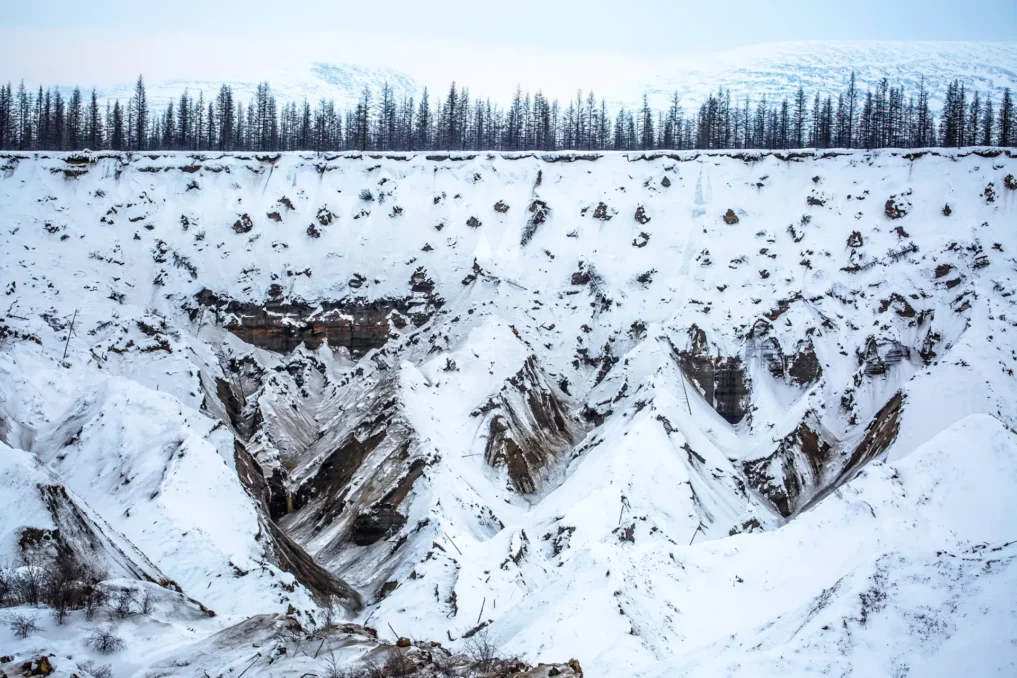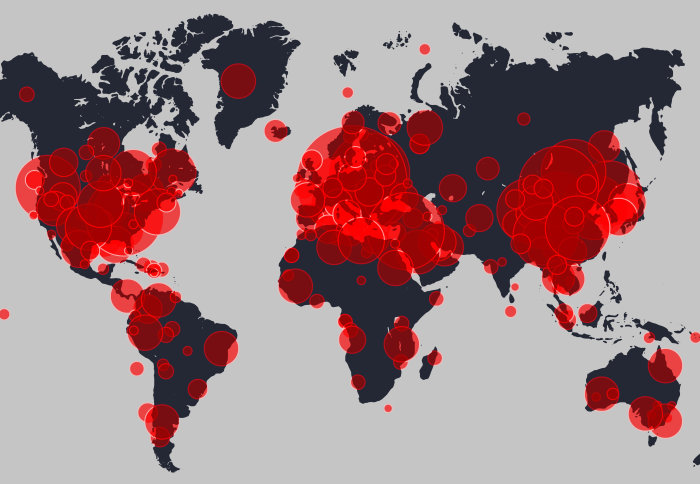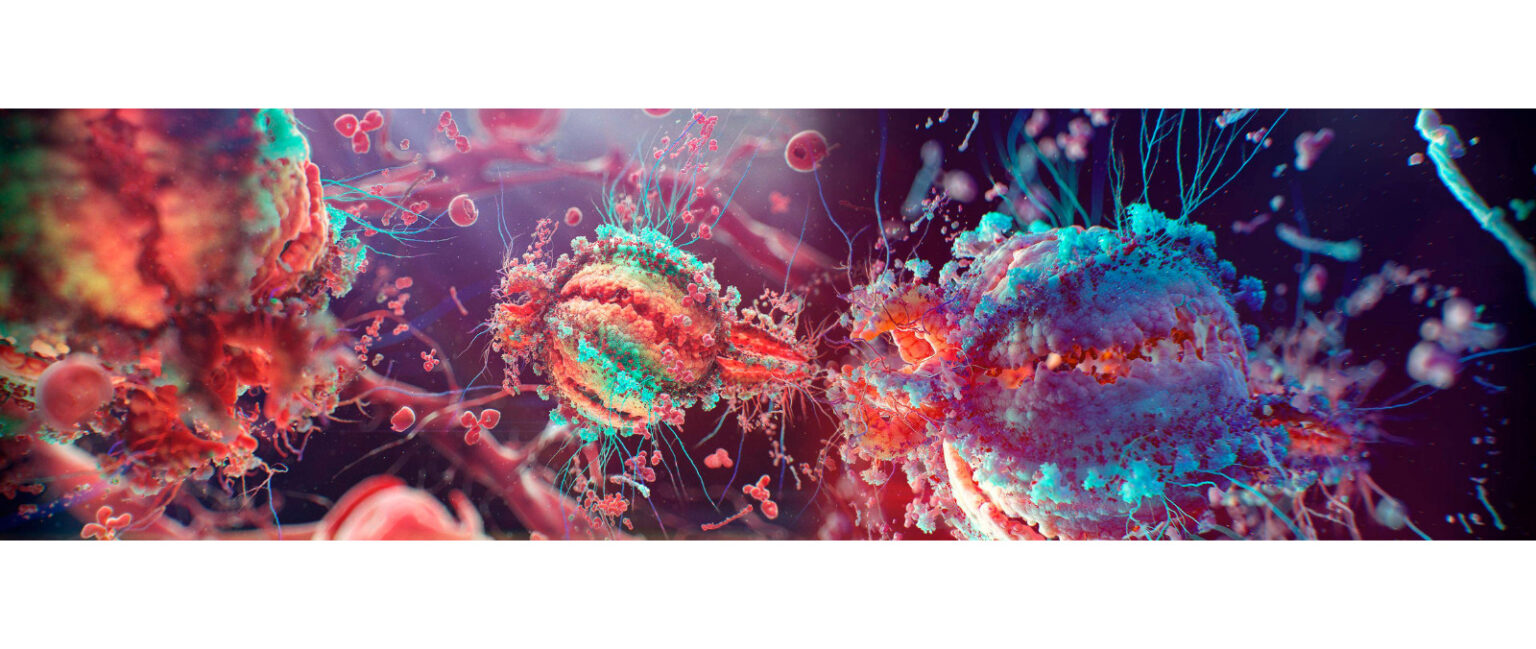A recently published paper in the Journal Public Library of Science: Computational Biology, expounds on the ecological risks and possibly the next pandemic risk provided by ancient pathogens frozen in the permafrost eons ago.

The phenomena of global warming have led to concerning consequences in the polar regions of the planet. It has caused rapid warming resulting in the melting of ancient ice. The ecological implications resulting from this for native inhabitants such as polar bears, penguins, and other animals have been discussed widely.
But in recent years, the potential release of ancient bacteria frozen in the permafrost as a major threat has gained attention. The study published by Giovanni Strona of the European Commission Joint Research Center and colleagues used computational biology to run simulations to quantify the threat posed by these freed ancient bacteria. According to Giovanni and colleagues, despite this notion of inspiring books and films regarding the end-of-days, it is difficult to estimate the potential damage resulting from their release.

CONSEQUENCES OF THE RELEASE OF ANCIENT BACTERIA
According to studies, disease outbreaks would be a major concern if the ancient bacteria and modern bacteria interact. Modern bacteria have not co-evolved with ancient bacteria. The lack of exposure to ancient bacteria is capable of inducing evolutionary pressure causing novel species of bacteria to develop resulting in the spread of new diseases.
Research also suggests that the outbreak of ancient bacteria could cause immense harm to ecosystems, particularly in isolated or fragile ecosystems. Native species might lack the immunity to counter these new threats, potentially leading to population declines or even extinctions, thereby affecting the overall biodiversity and ecological stability.

ABOUT THE EXPERIMENT
Giovanni and his team implemented a large set of artificial evolution experiments using computer simulations. The researchers used a program named Avida (an artificial life system that simulates the in-silico evolution of complex communities of digital micro-organisms that are ecologically similar to bacteriophage viruses). Using Avida researchers generated sets of archaic bacteria and modern-day bacterial colonies. They further evaluated the effects that the invading archaic bacteria have on modern-day bacterial colonies.
RESULTS OF THE EXPERIMENT
The research team discovered that, according to their simulations, ancient invading pathogens could frequently survive and adapt within the modern-day bacterial community. Approximately 3% of these ancient invading bacteria became dominant. While most of the dominant invaders had minimal impact on the overall composition of the larger modern-day bacterial community, around 1% of ancient and modern bacterial interactions produced unexpected outcomes. Some of these pathogens caused the extinction of up to one-third of the host species, while others increased diversity by up to 12% compared to the control simulations.
Although the risks posed by this 1% of released pathogens might appear small, one has to take into consideration the substantial number of ancient microbes consistently released into present-day communities, outbreak events still present a significant hazard.
Mitigation Schemes in Use:
Developing robust surveillance can help in the detection and monitoring of emerging pathogens, whether contemporary or time-traveling. This approach will facilitate swift responses and the implementation of appropriate control measures.
Researchers in recent years have focused their attention on studying these ancient bacteria, to understand them and providing novel methods for developing effective therapies against them and modern-day bacteria.
The most important mitigation strategy perceived is preventing global warming by taking effective actions against it.
It is vital to understand that the release of ancient bacteria from permafrost is still a relatively new concern, and more research is needed to fully understand the extent of the risks. By implementing some of the mentioned precautionary measures and investing focus towards scientific research, we can work towards protecting the environment and human health from potential impacts.













